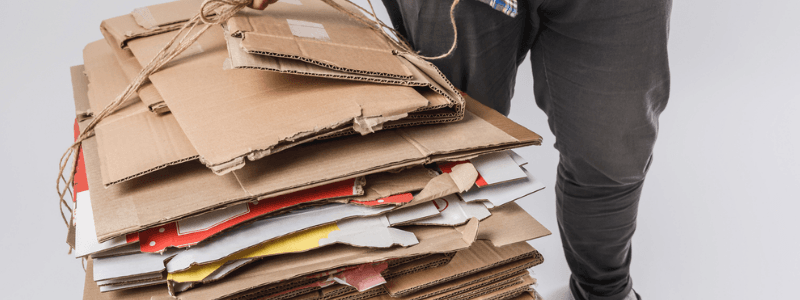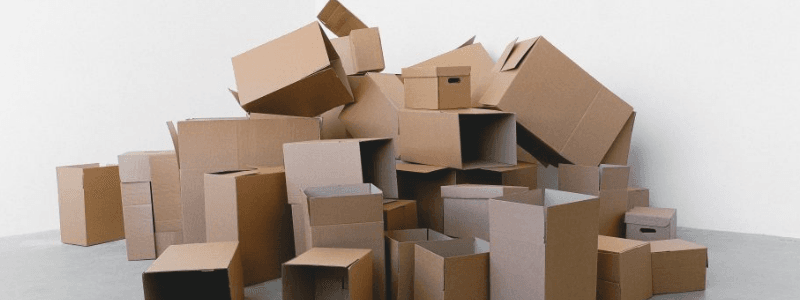Cardboard boxes are a ubiquitous part of modern life, used for everything from shipping goods to moving homes. In fact, it is estimated that over 400 billion square feet of cardboard is produced annually worldwide. However, with this increased usage comes an increased responsibility to properly dispose of these boxes in an environmentally friendly manner.
Why Proper Disposal Matters
When not disposed of properly, cardboard boxes can end up in landfills where they take up valuable space and release methane, a potent greenhouse gas, as they decompose. Additionally, improperly discarded cardboard can become litter, clogging up drainage systems and causing flooding.
On the other hand, recycling cardboard boxes conserves natural resources and reduces the amount of waste in landfills. In fact, recycling one ton of cardboard saves over 17 trees, 7,000 gallons of water, and 463 gallons of oil. It also reduces the need for new raw materials, which in turn reduces pollution and deforestation.

The Recycling Process
Recycling cardboard is a fairly simple process. Collection centers and curbside pick-up programs typically accept clean, dry cardboard in either flattened boxes or in bundle form. The cardboard is then taken to a recycling facility where it is broken down and repulped. The repulped material is then formed into new cardboard, which can be used for a variety of purposes.
Reusing Cardboard Boxes
Another way to reduce the environmental impact of cardboard boxes is to reuse them. Many people use them for storage or as makeshift furniture, while businesses may use them to package their own products.
Initiatives and Programs
There are a number of companies and charities that have initiatives to reduce the amount of cardboard waste. Some examples include:
- The Corrugated Packaging Alliance, an industry group that promotes recycling and sustainable practices in the corrugated packaging industry
- TerraCycle, a company that specializes in recycling hard-to-recycle materials, including cardboard
- Give Back Box, a program that allows people to fill up used boxes with donations for charity and then ship them for free
Frequently Asked Questions
Q: Can I recycle cardboard boxes with food residue or grease on them? A: It is best to recycle cardboard boxes that are clean and dry. Food residue and grease can contaminate the recycling process and make the cardboard less valuable as a raw material.
Q: Can I recycle cardboard boxes that have been painted or have a glossy finish? A: It depends on the recycling program. Some programs will accept cardboard with a small amount of paint or gloss, while others will not. It's best to check with your local recycling program for specific guidelines.
Q: How can I find a recycling program for cardboard boxes near me? A: Contact your local waste management agency or visit their website for information on recycling programs in your area. You can also search for recycling centers in your area on the Earth911 website.
Conclusion
Properly disposing of cardboard boxes is an important step in reducing waste and protecting the environment. By recycling or reusing these boxes, we can conserve natural resources and reduce pollution. With the help of recycling programs, companies, and charities, it's easier than ever to make a difference.










